“I’ve spent most of my life measuring the distance between the American promise and American reality,” Bruce Springsteen said before performing “The Promised Land” from his 1978 album Darkness On The Edge Of Town. “And for many Americans, the distance between that American promise and the reality has never been greater or more painful.”
Springsteen’s recurring theme can be found further back on the more American-apocalyptic Greetings from Asbury Park, N.J. track “Lost in the Flood,” and a clear-sighted country ravaged by drugs, violence, and injustice.
In ’84, “Born in the U.S.A.” was mistaken as a patriotic song when it was exposing how Vietnam veterans were treated once they returned home, and “Long Road Home” was filled with reflections on the broken state of thepost-9/11 country by the late 2000s.
By the time Springsteen started working on his 2012 album Wrecking Ball, the reality of the “American Dream” and the socio-political issues plaguing the country came to the front with the Grammy-nominated “We Take Care of Our Own,” a call-out to people’s reluctance to help one another, and the Celtic stomp of “Death to My Hometown,” addressing the collapse of the economy in 2008.
“You can never go wrong in rock and roll when you’re pissed off,” said Springsteen in 2012. “My work has always been about judging the distance between American reality and the American Dream.”
Videos by American Songwriter
“We Are Alive” and “Ring of Fire”
On the album “We Are Alive,” is Springsteen’s campfire song facing the oppression and injustices America has faced in search of the “Dream.” The folk- and mariachi-bent track follows a late-night walk in the cemetery where he confronts the ghosts of those who fought for America, from 19th-century railroad strikers, fallen soldiers, civil rights martyrs, and immigrants.
“In ‘We Are Alive,’ those are voices of people who have died,” said Springsteen. “And even ‘Land of Hope and Dreams,’ something that I wrote 10 years ago, gives voice to those spirits.”
There’s a cross up yonder on Calvary Hill
There’s a slip of blood on a silver knife
There’s a graveyard kid down below
Where at night, the dead come to life
Well above the stars, they crackle and fire
A dead man’s moon throws seven rings
We’d put our ears to the cold gravestones
This is the song they’d sing
We are alive
And though our bodies lie alone here in the dark
Our spirits rise
To carry the fire and light the spark
To stand shoulder to shoulder and heart to heart
[RELATED: The Song That Took Bruce Springsteen Nearly 50 Years to Finish]
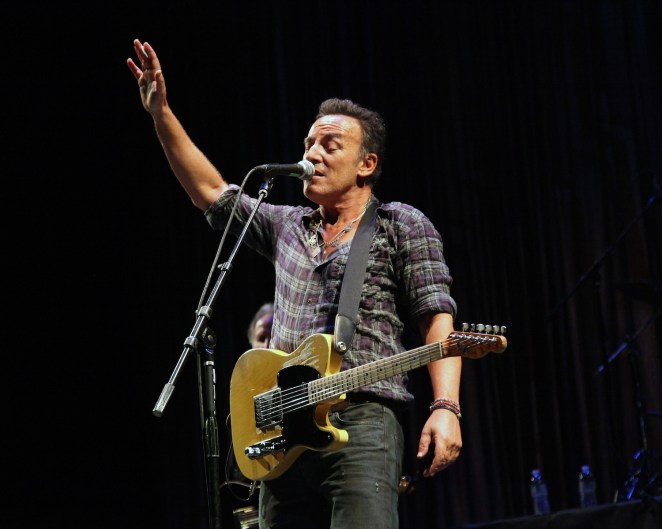
A voice cried I was killed in Maryland in 1877
When the railroad workers made their stand
I was killed in 1963
One Sunday morning in Birmingham
I died last year crossing the southern desert
My children left behind in San Pablo
Well, they’ve left our bodies here to rot
Oh, please let them know
We are alive
And though we lie alone here in the dark
Our souls will rise
To carry the fire and light the spark
To fight shoulder to shoulder and heart to heart
Closing the album, “We Are Alive” was the final song Springsteen wrote Wrecking Ball. “When I got there, I needed one more song,” said Springsteen. “I needed a strange kind of party, and ‘We Are Alive’ provides that. It’s a party filled with ghosts. It’s a party filled with the dead, but whose voices and spirit and ideas remain with us and go on and on.”
He continued, “That’s why I talk about the girls in Birmingham, the workers in Maryland, and the new immigrants crossing the southern border. It’s just the recurrence and how the blood and spirit of all those people regenerate the country and what America is, generation after generation, so I end the record with a party of ghosts. Ghosts who are speaking to the living.”
To add to its mariachi march, co-producer Ron Aniello borrowed the horn riff from Johnny Cash‘s 1963 classic “Ring of Fire.”
Wrecking Ball went to No. 1 on the Billboard 200 and features the final appearance by long-time E Street Band saxophonist Clarence Clemons, who died in 2011, on the title track and “Land of Hope and Dreams.”
Photo: Taylor Hill/FilmMagic

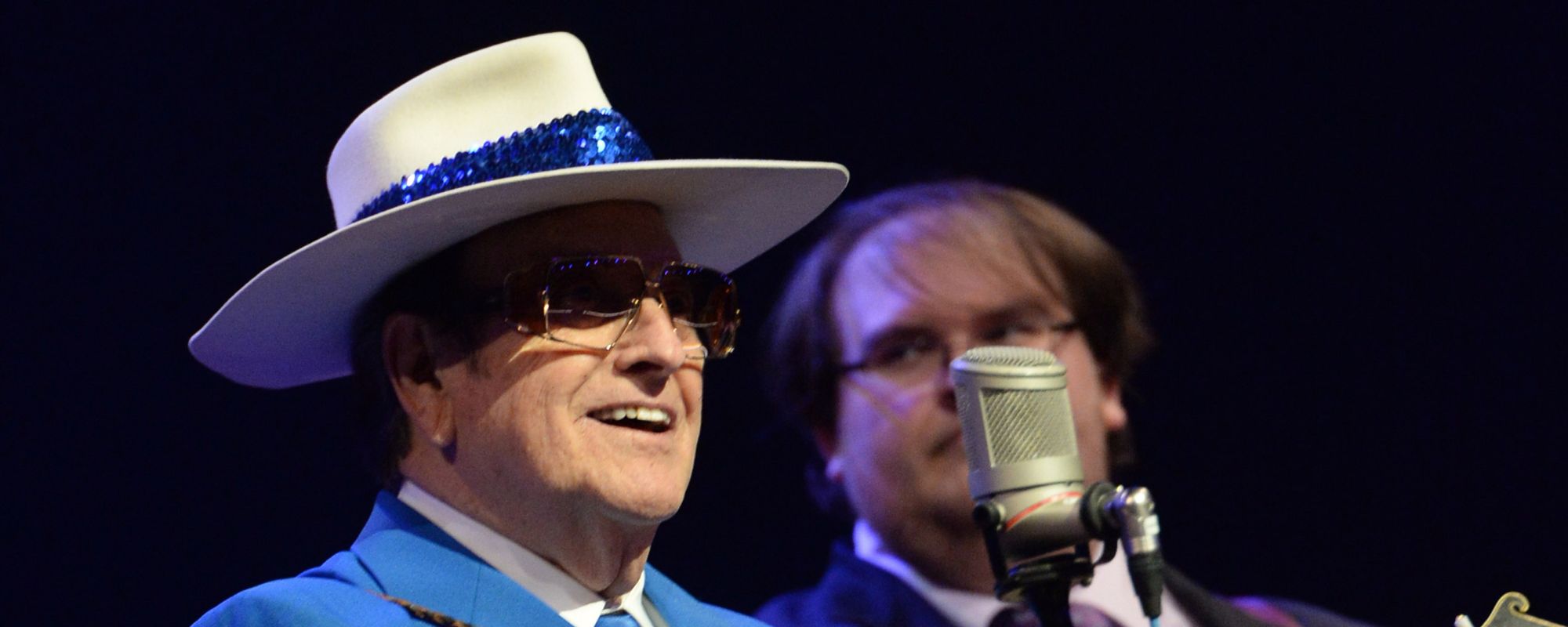
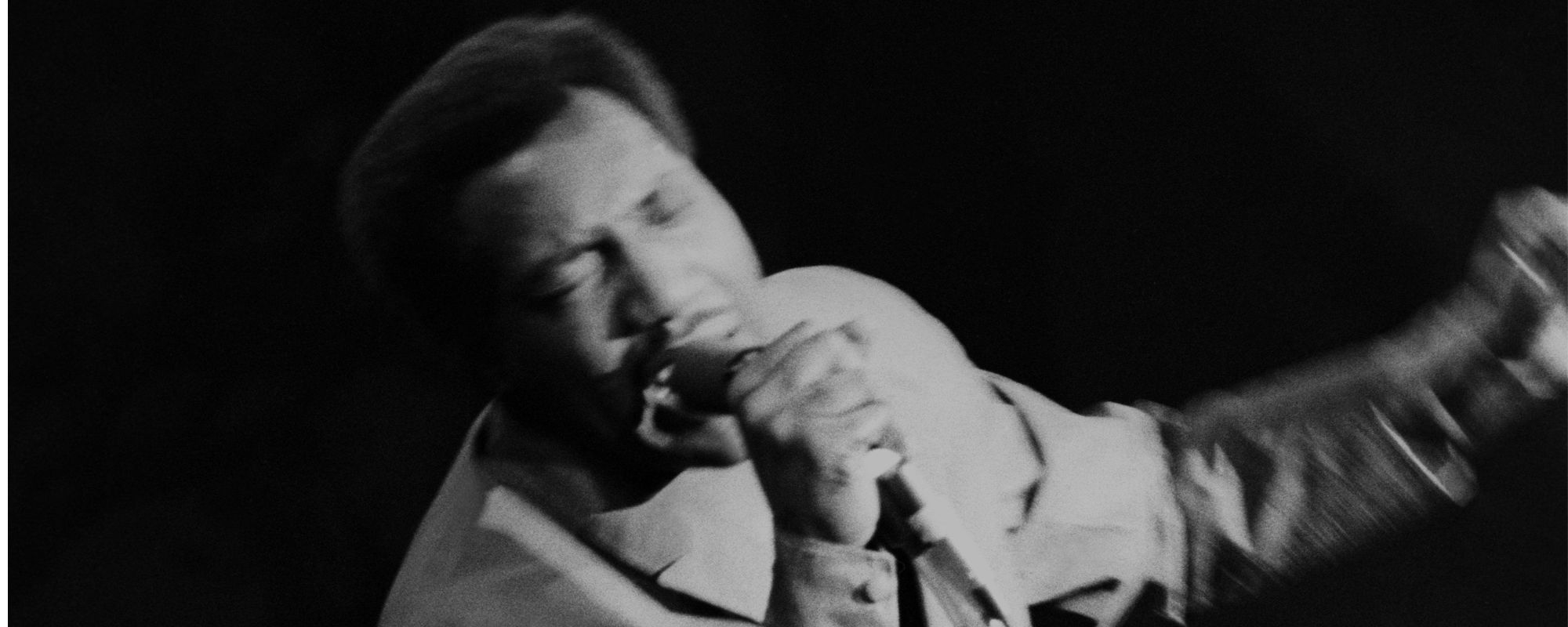
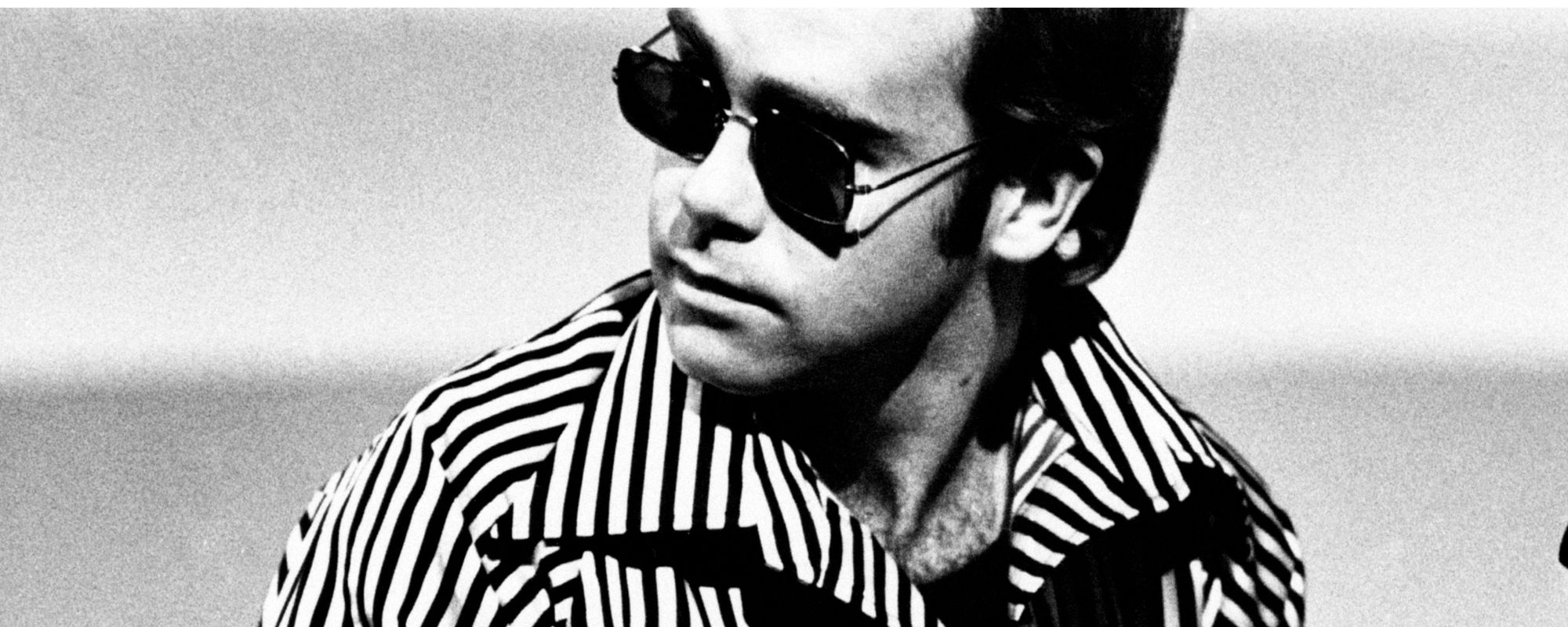
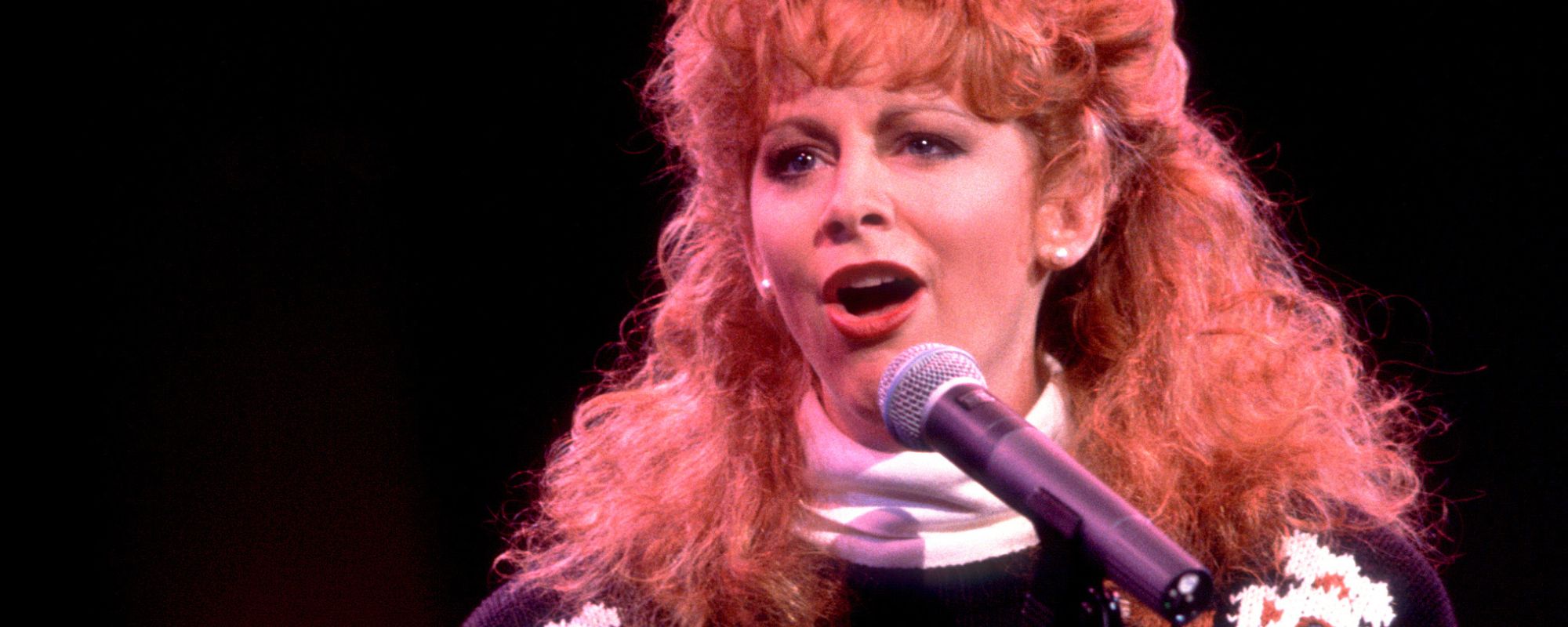
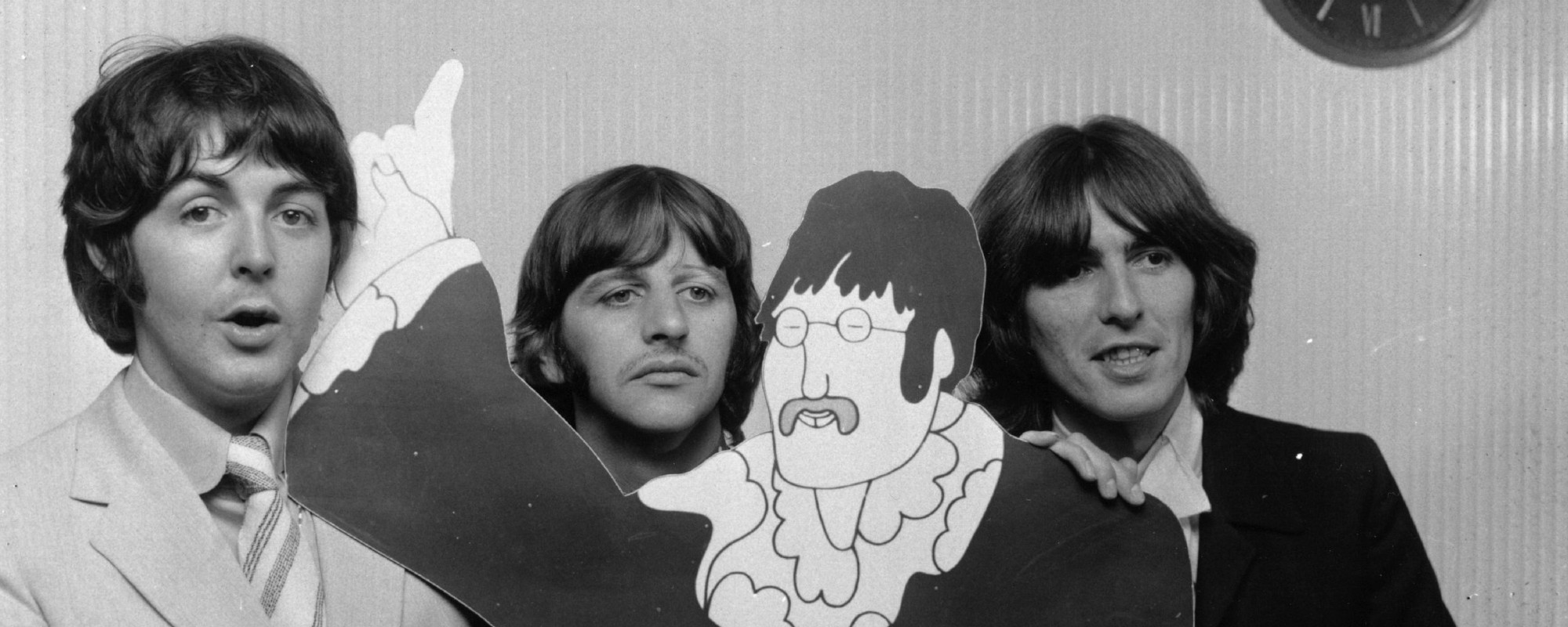
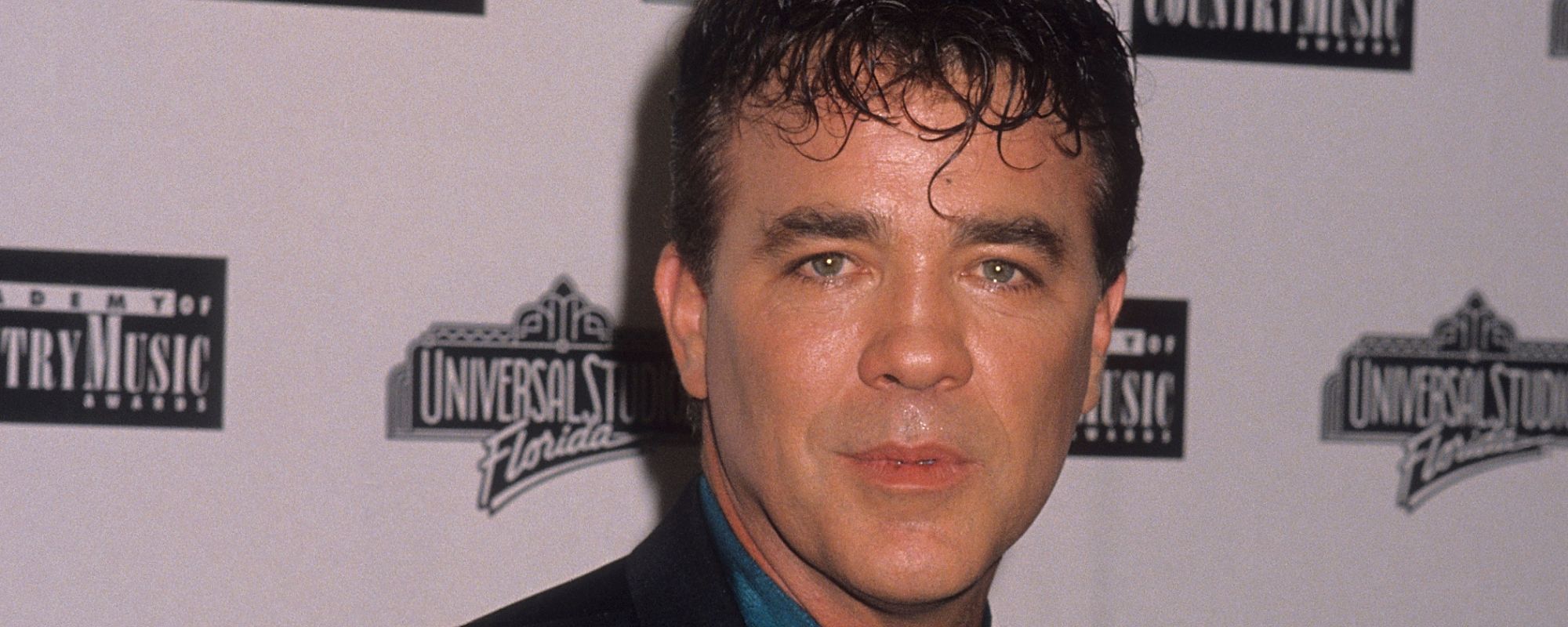
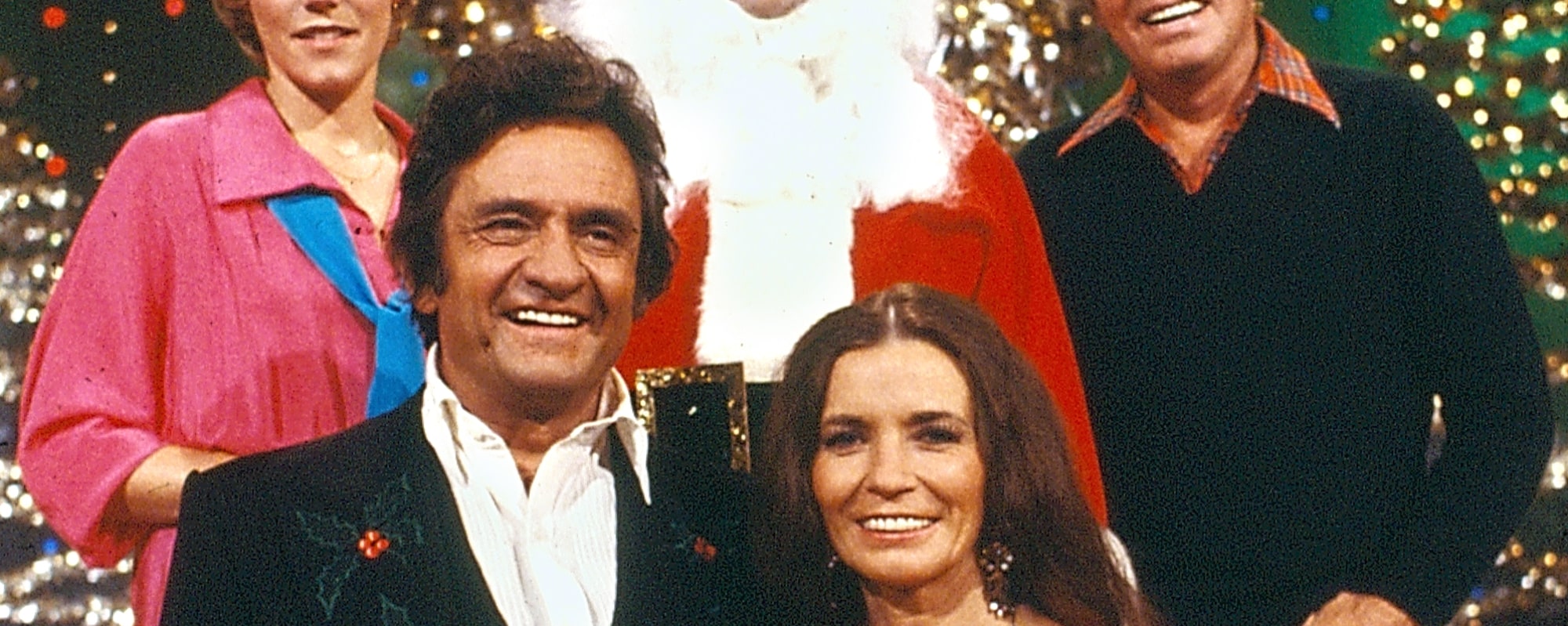
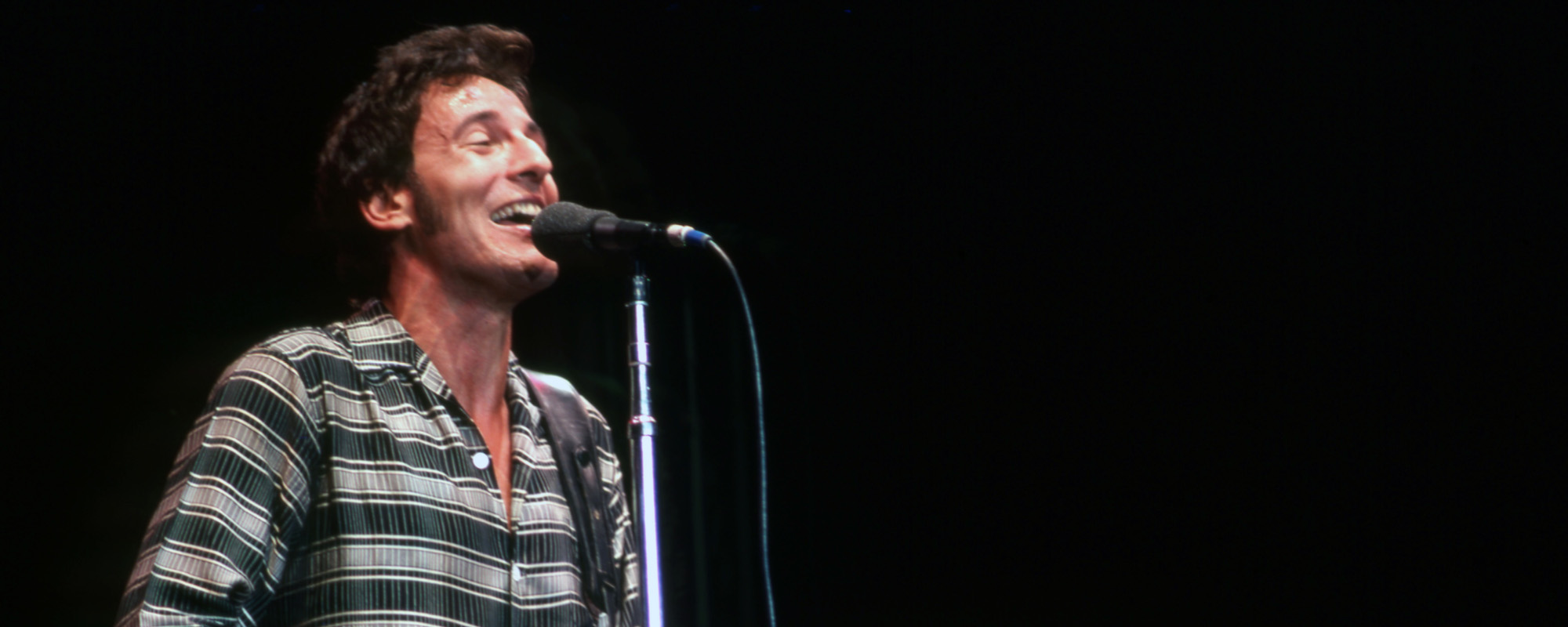
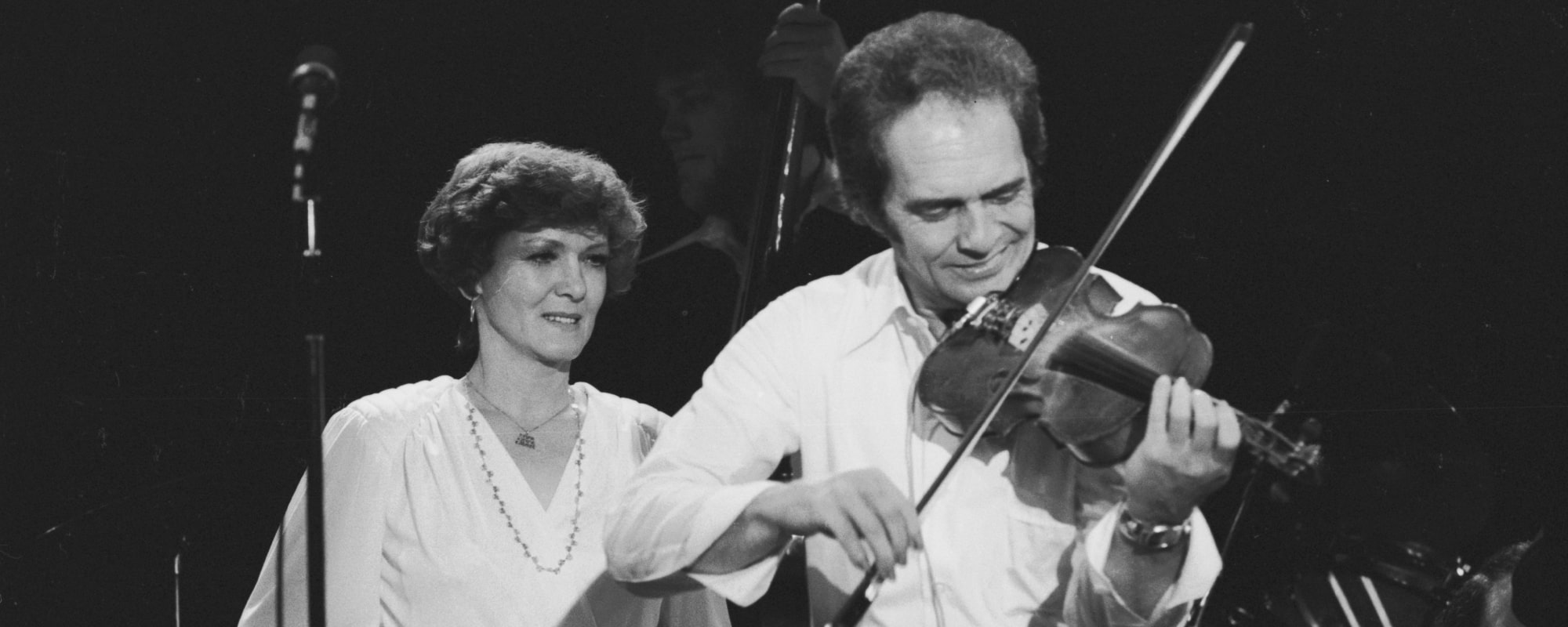
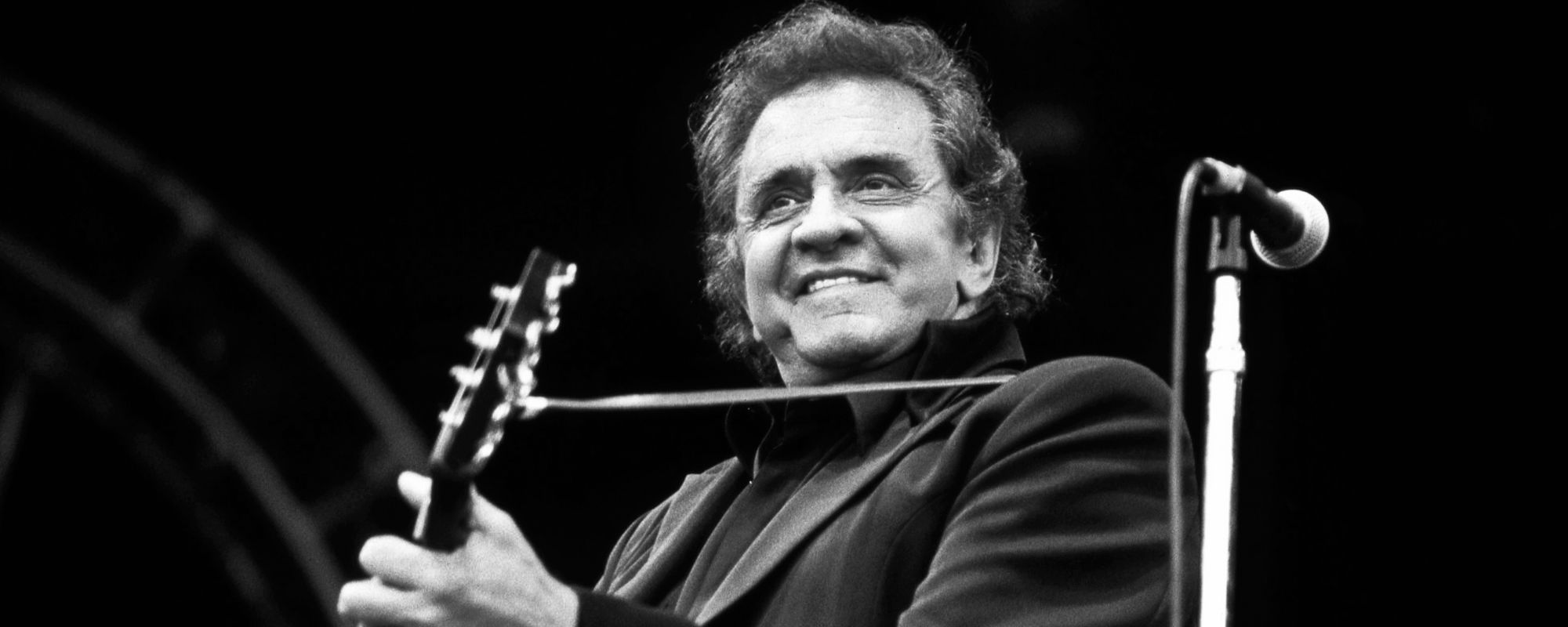
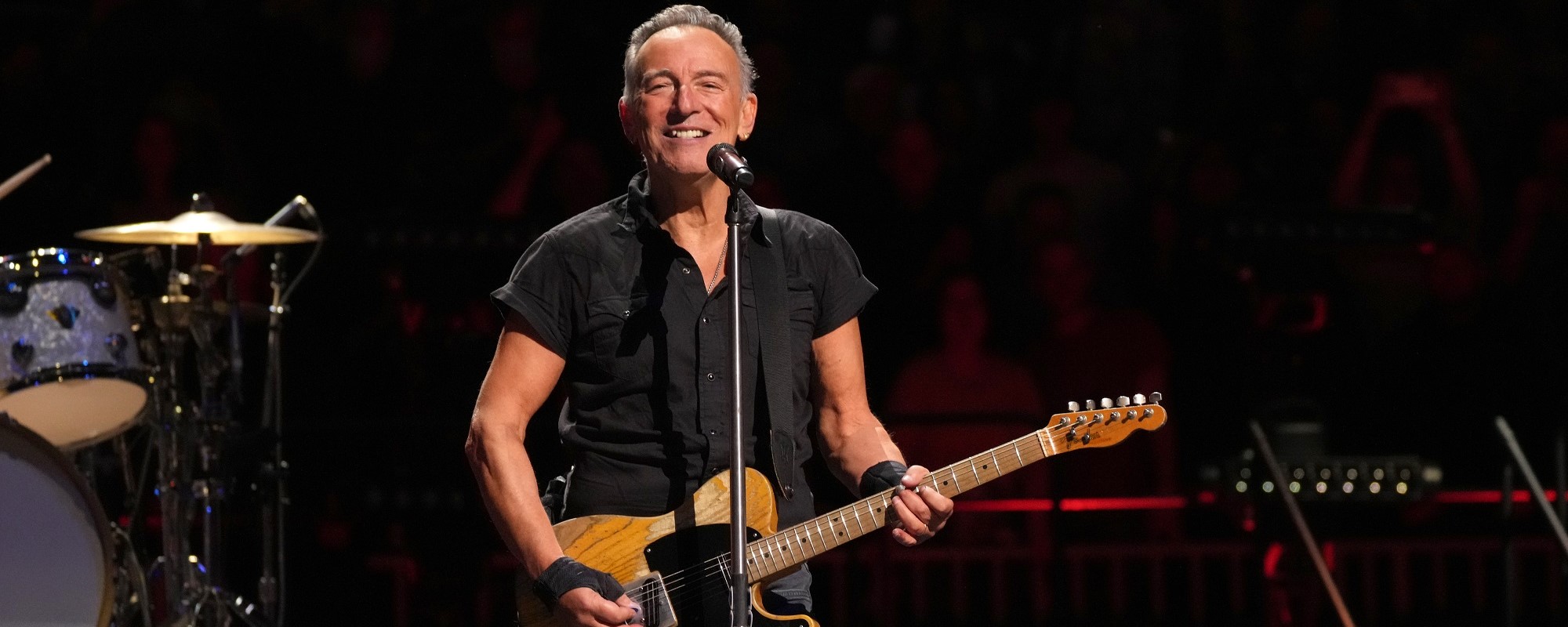
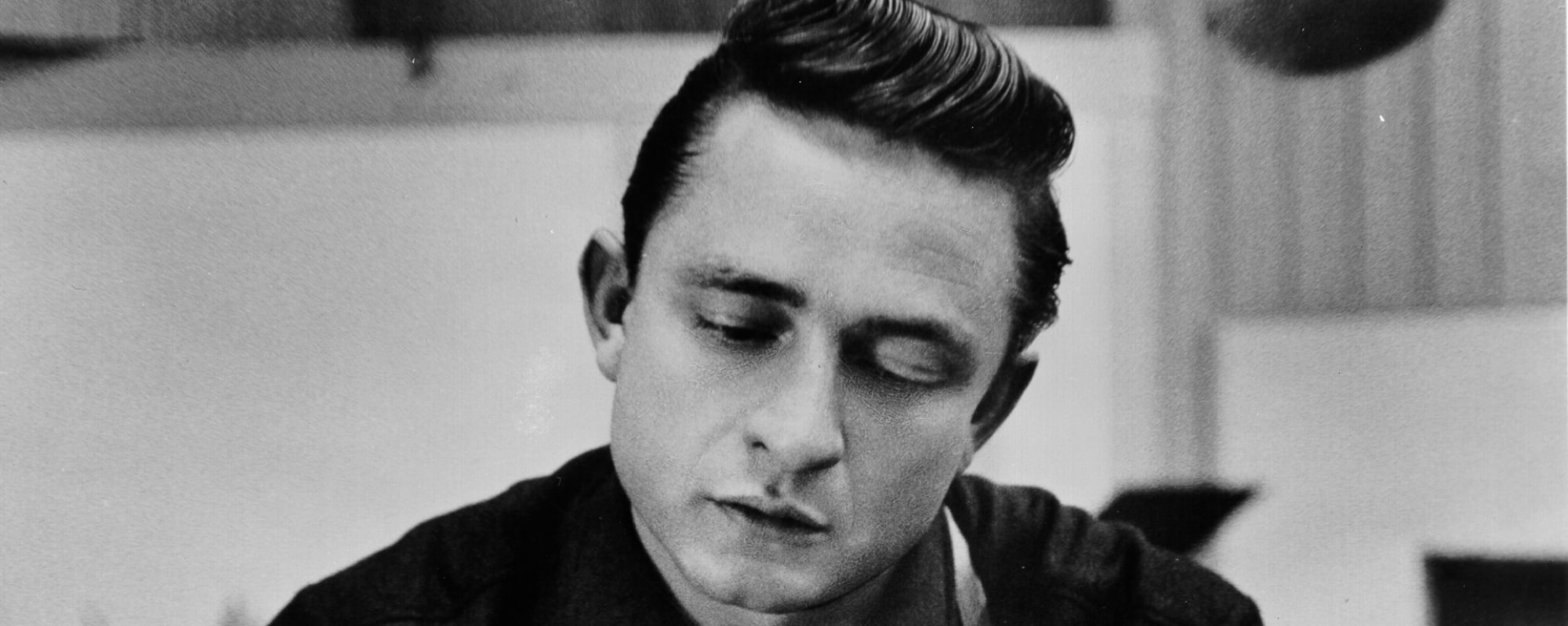
Leave a Reply
Only members can comment. Become a member. Already a member? Log in.